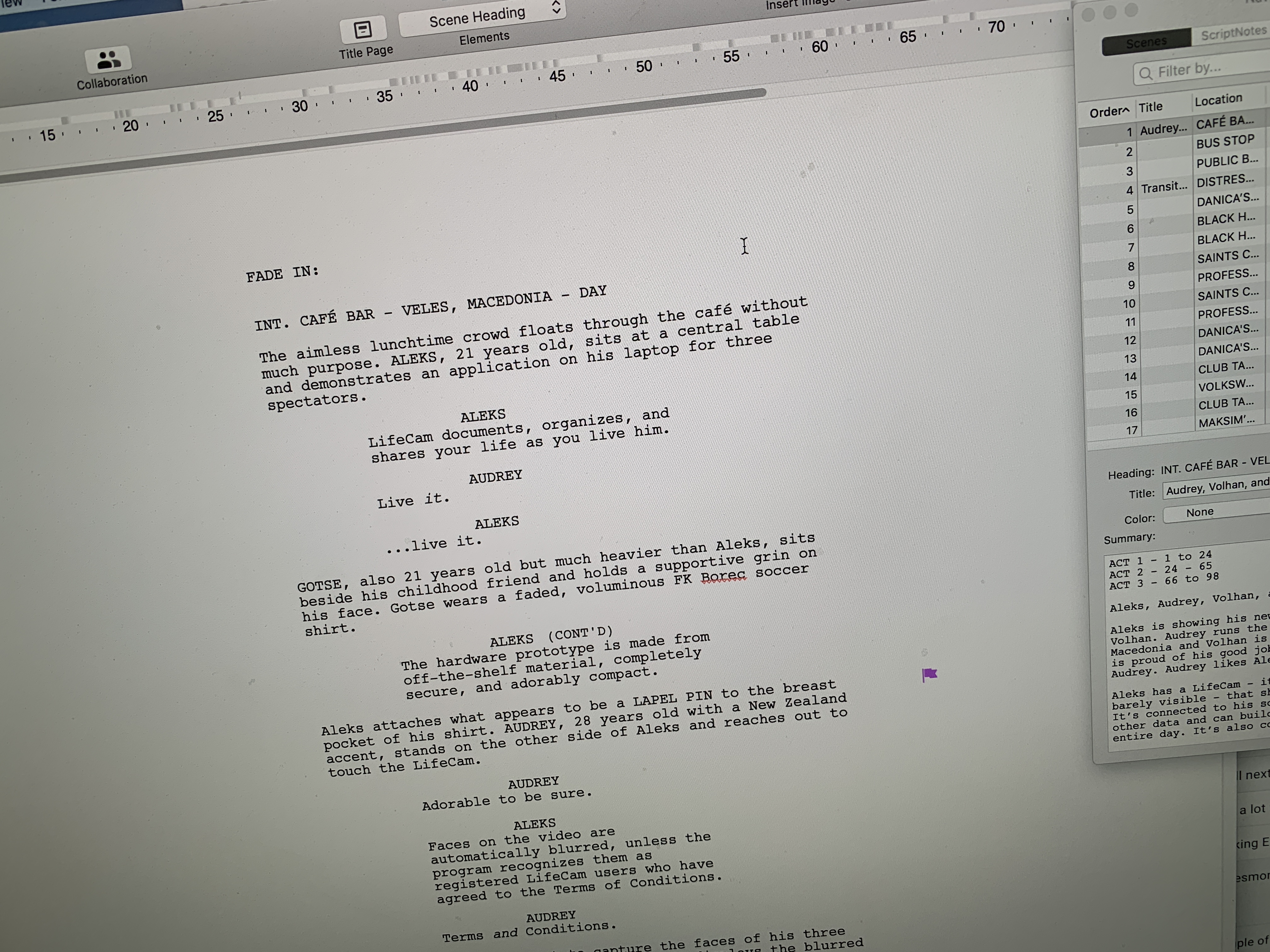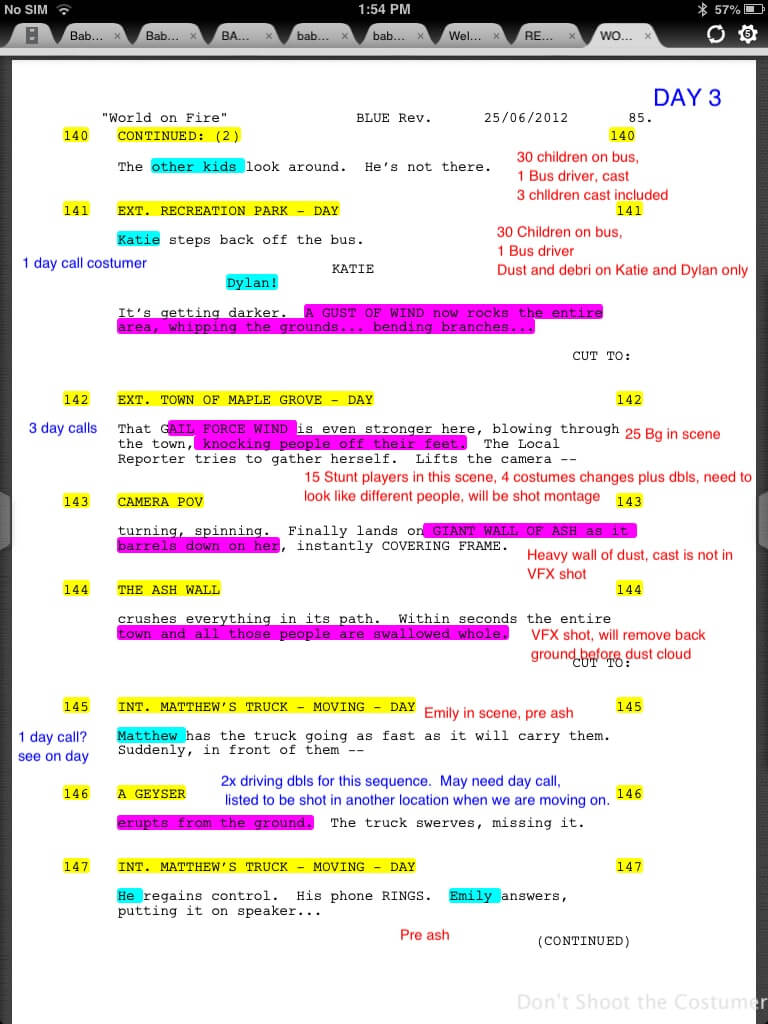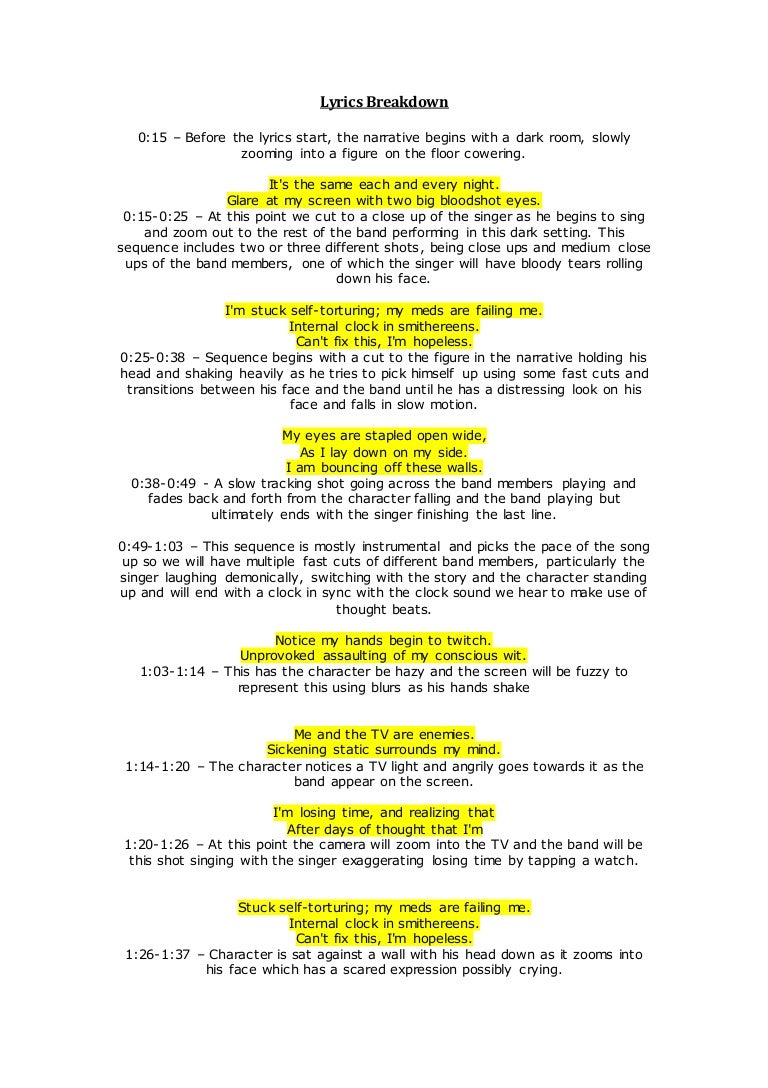

We need to select the entire table first and then click on the DOCENTRIC AX tab on the menu ribbon and we then click on the If tagging element. This cen be either a data field or an XPath expression. Now we have to enter the expression which returns boolean value. Paragraph spacing can be used to set the space before and after the paragraph and the space between the lines in the paragraph itself as the figure below demonstrates.ĭocentric AX highlights Hide or show a table rowĪfter we select the table row, we click on the DOCENTRIC AX tab on the menu ribbon and we then click on the If tagging element. If we want to make sure that no page break happens between the two paragraphs then we can choose this option. We can switch this on and off by selecting the HOME tab on the menu ribbon and then clicking on the paragraph mark icon in the Paragraph button group as shown of the figure below. Sometimes it is easier to design a document if we know exactly where the paragraphs are. Another way is to set paragraph attributes to individual paragraphs. One way to do it is to prepare or modify a style where we set paragraph attributes as needed and then just apply this style to the text. We want to control some of the paragraph attributes as well: spacing, splitting and visibility of the paragraph markers. The dialog window opens, where we can set each of the margins as shown on the figure below. This is done by selecting cell(s) first and then choosing the LAYOUT tab on the menu ribbon and clicking the Cell Margins icon in the Alignment button group. We can set how much empty space we want around the cell borders. The LAYOUT tab on the menu ribbon contains the Alignment button group where we can set horizontal or vertical alignment of currently selected cell(s). It is recommended to have this enabled, so that we can always see dotted lines where the table borders are, even if we set them to be transparent when previewed or printed. If we already see the gridlines, we can skip this. To set the table borders visibility during design of the report, we choose the LAYOUT tab on the menu ribbon and the View Gridlines icon. Table borders are set on the HOME tab on the menu ribbon, in the Paragraph button group, as shown on the figure below. invoice items, will have some visible borders.

In our report we will set the borders on the upper part of the report to be invisible. We have many options for setting table borders in the final report: we may set them to be invisible or we may set them to many other combinations (see Word documentation for details). Instead of tables we could use tabs, but since the text wraps dynamically, we could run into problems with text longer than the space between tabs. Using tables it is very easy to control exact position of the text and its alignment and wrapping. Word offers very powerful support for tables and we will take advantage of that in our reports.

Using tables to position data on the report template We will now learn how we can implement very complex report templates using various techniques in Docentric AX. Table with reamining amount due (in case of prepayment).Invoice items with additional item information in the Description column.We must therefore design the template with following segments: This would not show in the report, if there were no prepayment information in the DDSP file.Īlthough the report results on the figure above are not very complex, the nature of the Sales invoice report is such that it must cover many different scenarios: backorders, prepayments, taxes breakdown, totals, notes and remarks, different currencies, etc. For instance, the final document in the figure below contains the table with depreciation of prepayments and the table with information of prepaid and remaining amount. The template uses several conditional content segments, so the final result will vary based on the values from the data in the report DDSP file.

We are going to see some cool design techniques to achieve the same kind of layout as we are used to from the original Sales invoice report. The data source, however, has been reshaped and restructured to be much more easier to use and maintain, also by end users. In this example we want to create the replica of the built-in Sales Invoice report.


 0 kommentar(er)
0 kommentar(er)
